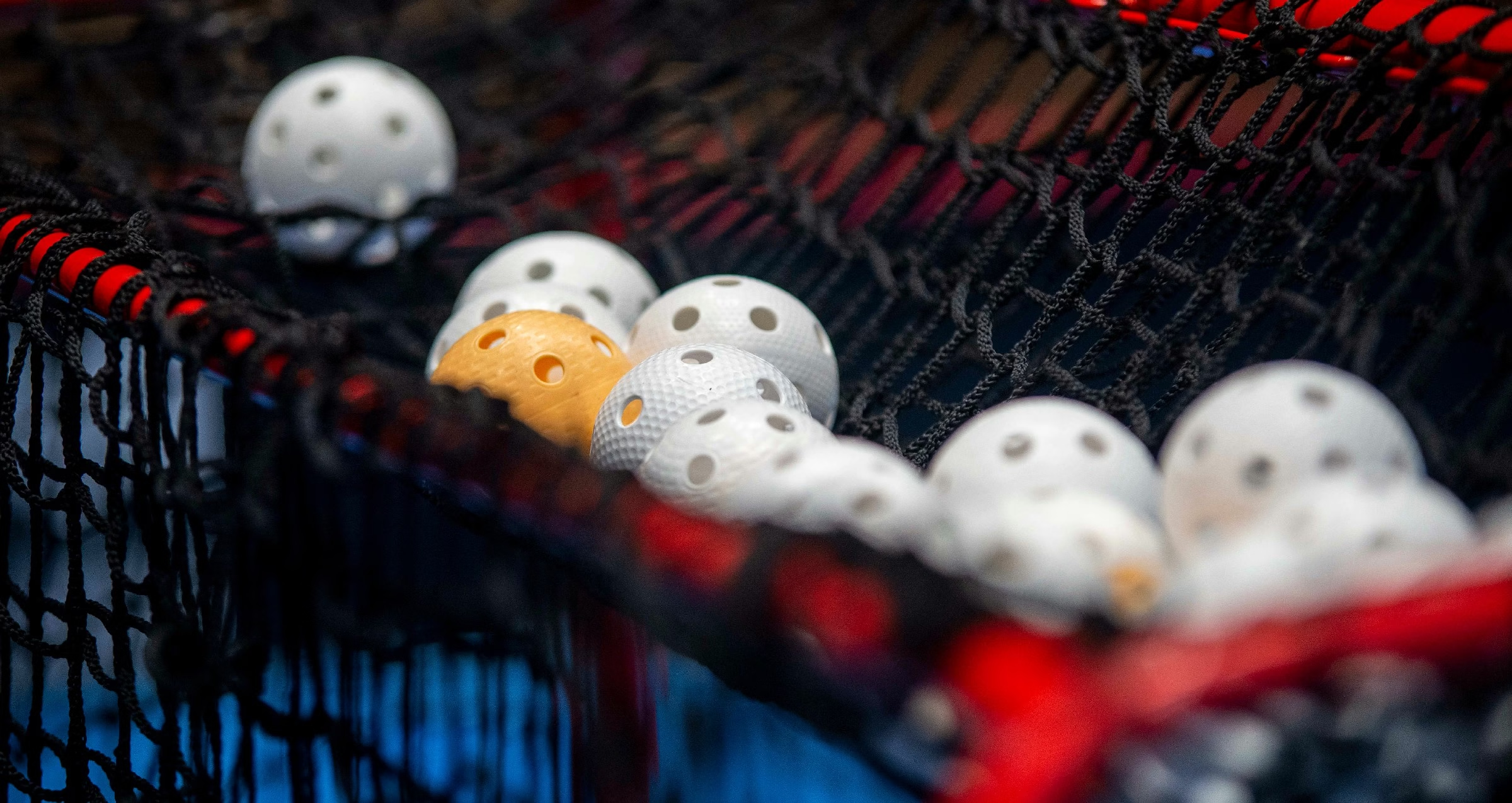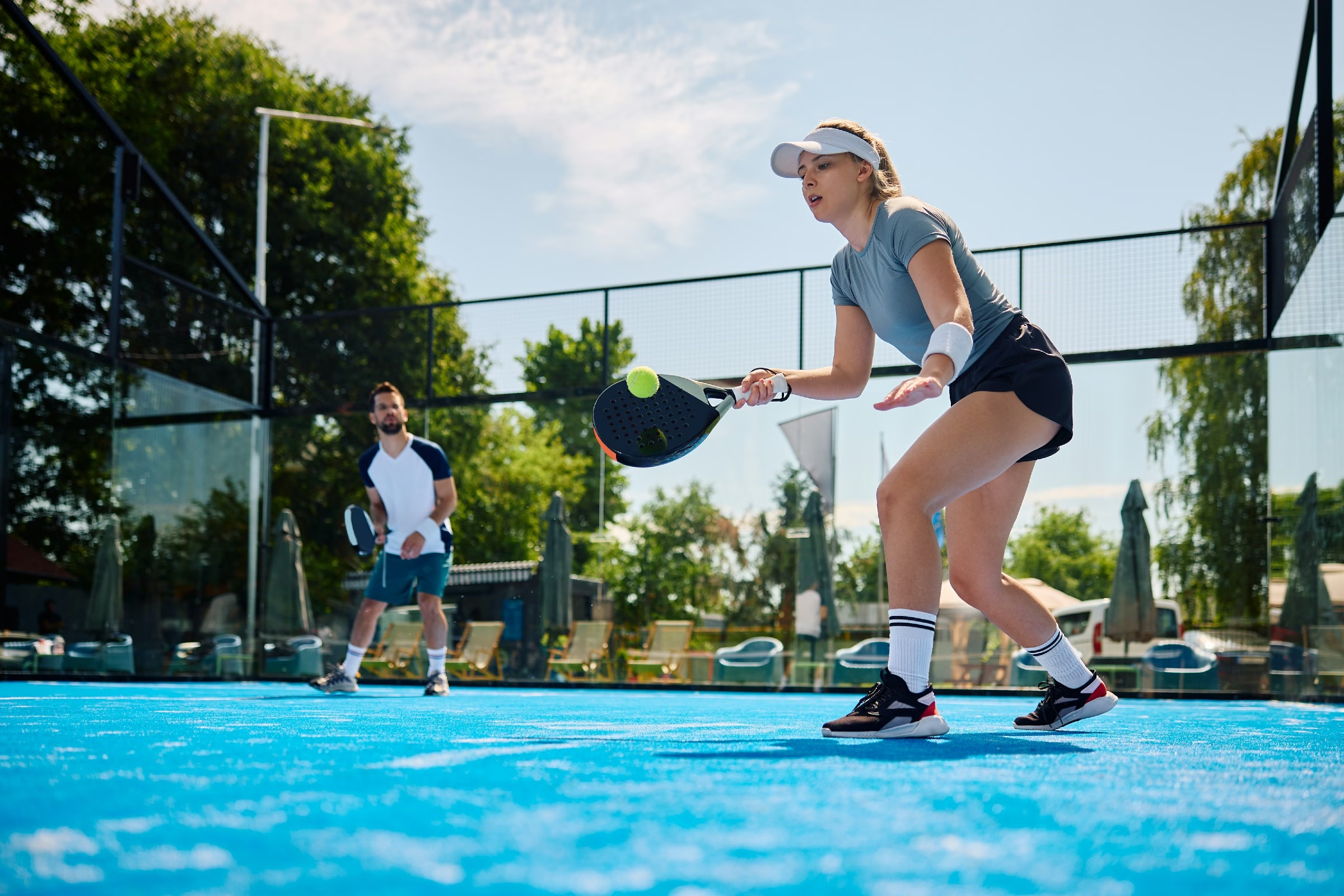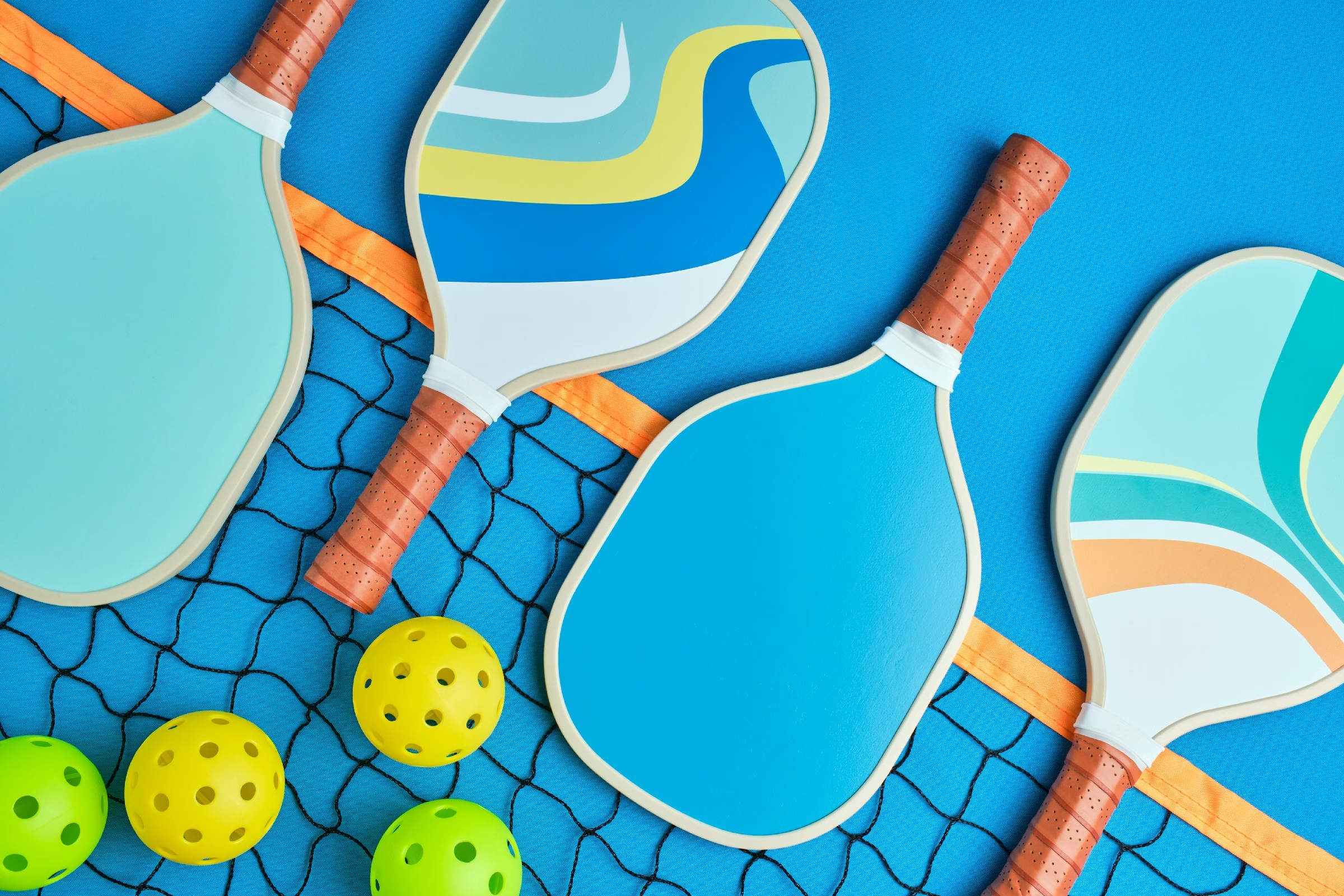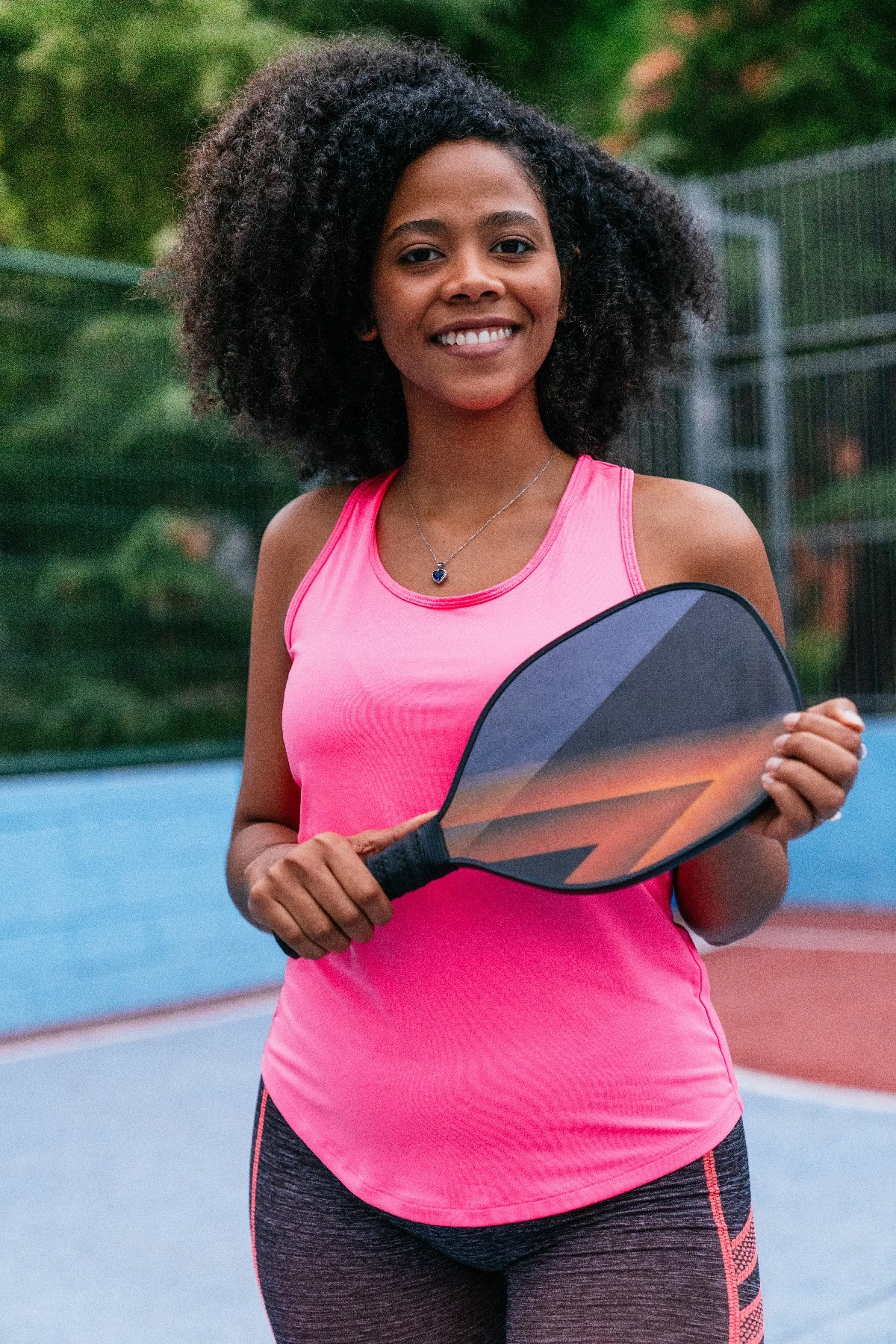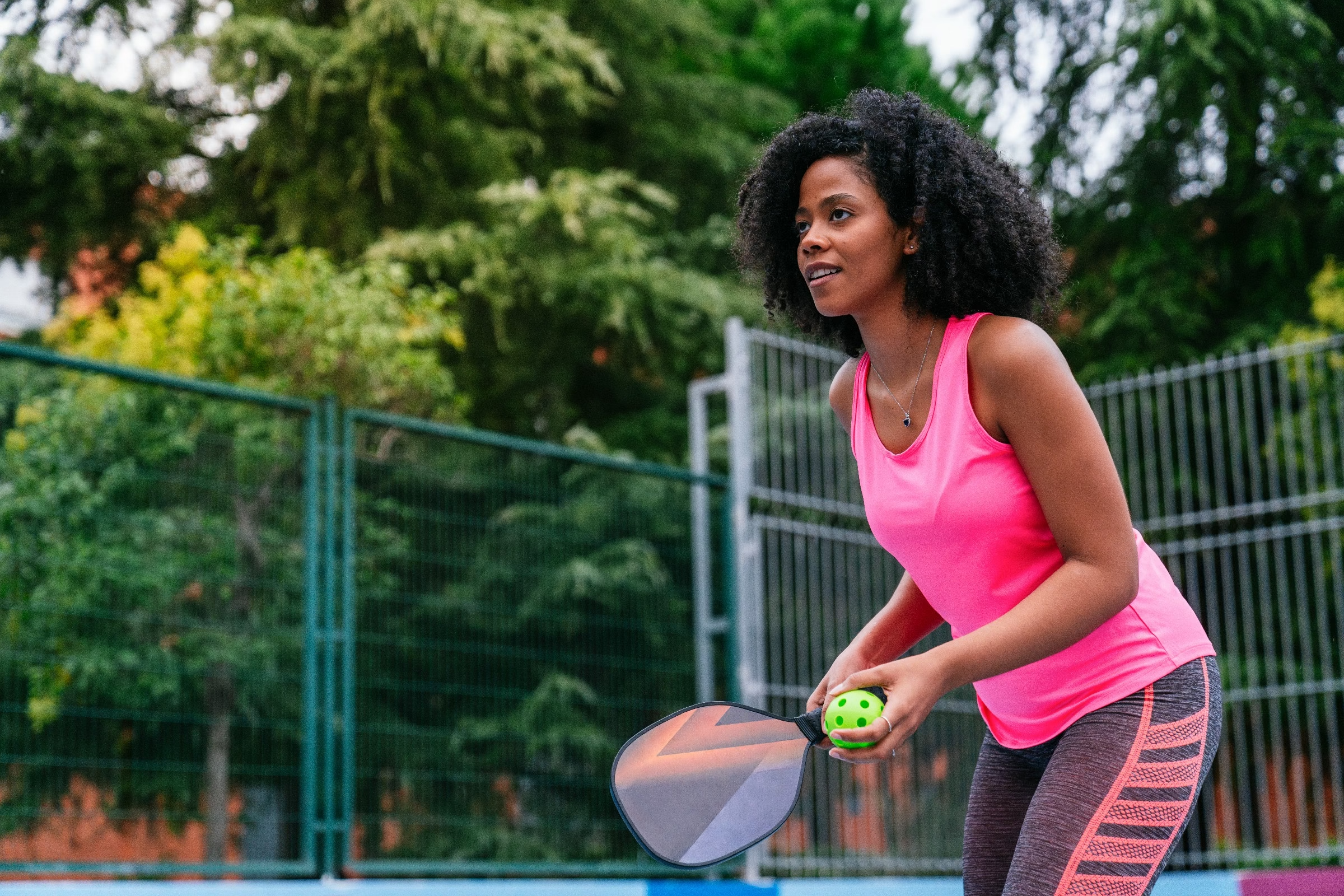Blog
how big is pickleball court vs tennis court

As the sun sets over local parks, the unmistakable sound of paddles striking perforated balls fills the air, heralding the rise of pickleball—a sport that has quickly captured the hearts of enthusiasts across the nation.But just how dose this emerging favorite compare to its more established cousin, tennis, especially when it comes to the playing field? In this article, we’ll embark on a journey to explore the dimensions of both sports’ courts, delving into the nuances that set them apart. Join us as we unravel the mathematical and physical distinctions that define these vibrant athletic arenas, shedding light on what makes each game unique and appealing in its own right. Whether your a seasoned player, a curious newcomer, or simply a fan of all things sport, understanding the size dynamics of pickleball and tennis courts will give you a clearer picture of the thrilling worlds they inhabit.
Table of Contents
- Understanding the Dimensions of Pickleball and Tennis Courts
- Comparative Analysis of Court Surface Materials
- Exploring the Impact of court Size on Gameplay Dynamics
- Strategies for Transitioning between Pickleball and Tennis
- Optimal Court Design: Enhancing Player Experience
- Recommendations for Setting Up Multi-Use Facilities
- Q&A
- Future Outlook
Understanding the Dimensions of Pickleball and Tennis Courts
When comparing the dimensions of pickleball and tennis courts, it’s essential to understand the unique characteristics of each. A pickleball court measures 20 feet wide by 44 feet long for both doubles and singles play. In contrast, the standard tennis court is significantly larger, spanning 36 feet wide by 78 feet long for doubles, and 27 feet wide for singles.This difference in size not only affects the play style and dynamics of each sport but also influences the type of equipment and space required for both sports.
The layout of the courts further highlights their distinctions. Pickleball courts are often surrounded by a non-volley zone, commonly known as the kitchen, which is 7 feet from the net on both sides. This zone restricts players from smashing the ball when standing close to the net, emphasizing strategy over sheer power. On the other hand, tennis courts do not have a similar restriction, encouraging players to engage in aggressive net play. The larger court size in tennis allows for more diverse shots and angles, making coverage and positioning key skills in gameplay.
Visualizing these dimensions can provide clarity, especially for those new to either sport. Below is a comparison table that succinctly summarizes the court specifications for both sports:
| Aspect | Pickleball Court | Tennis court |
|---|---|---|
| Width | 20 feet | 36 feet (doubles), 27 feet (singles) |
| Length | 44 feet | 78 feet |
| Non-Volley Zone | 7 feet from the net | N/A |
| Court Surface | Varies; indoor or outdoor | Clay, grass, or hard court |
This comparative analysis of court dimensions showcases how the design and sizing of each sport contribute to its overall gameplay. Understanding these differences can enhance player strategy and help enthusiasts appreciate the unique attributes of each sport.
Comparative Analysis of Court Surface materials
When discussing the construction and feel of a pickleball court versus a tennis court, one must consider the varied surface materials employed for each sport. Pickleball courts typically use materials such as acrylic, rubber, or asphalt, which provide a softer and more forgiving surface. These materials are designed to enhance player comfort while optimizing grip and ball bounce. Additionally, the lines on a pickleball court are shorter and frequently enough painted, which can impact the overall aesthetics and maintenance requirements compared to tennis courts, which often feature more durable surfaces like clay, grass, or polyurethane-based acrylics.
The choice of surface not only affects gameplay but also influences maintenance and durability. In a direct comparison of surface characteristics, we find:
| Surface Material | Type | Durability | Maintenance |
|---|---|---|---|
| Acrylic | Hard | High | Moderate |
| Asphalt | Hard | Moderate | Low |
| clay | Soft | Low | High |
| Grass | Natural | Low | Very High |
Moreover, weather considerations play a vital role in surface material selection. For instance, courts made from porous materials like clay may suffer during rainy conditions, while hard surfaces usually drain better, allowing for quicker recovery after precipitation. Players may also notice differences in how each surface reacts to their play style; pickleball, with its strategic play and rapid rallies, often thrives on surfaces that absorb shock, while tennis players may prefer more bounce and speed offered by various hard or grass courts, influencing not only player comfort but also the dynamics of gameplay.
Exploring the Impact of Court Size on Gameplay Dynamics
When comparing the dimensions of a pickleball court to that of a tennis court, the difference in size plays a significant role in shaping gameplay dynamics. A standard pickleball court measures 20 feet wide by 44 feet long for doubles play, making it significantly smaller than a tennis court, which typically spans 36 feet wide by 78 feet long. This reduction in size leads to a more intense,quicker-paced game,where players must rely on strategy and quick reflexes to maintain rallies,enhancing the social and fun aspects that pickleball is known for.
Players on a pickleball court can expect the action to unfold in a tighter space,encouraging more engaging exchanges and frequent net play. The court’s smaller dimensions frequently enough promote closer interactions, allowing for a greater emphasis on placement and tactical shot selection. In contrast, tennis courts afford players the opportunity to utilize powerful serves and groundstrokes over greater distances, introducing a rhythm that relies more heavily on stamina and positioning.Both sports demand skill, but the gameplay experience can feel quite different:
| Aspect | pickleball | Tennis |
|---|---|---|
| Court Size | 20′ x 44′ | 36′ x 78′ |
| Rally Pace | Fast and dynamic | Varied, slower recovery |
| Game Focus | Placement and strategy | Power and stamina |
Furthermore, the smaller playing area of pickleball courts means players can expect a heightened social interaction. With the reduced distances, participants are more likely to focus on teamwork and cooperative play, as advantages gained through communication and strategy can be pivotal. Conversely, the sprawling layout of a tennis court allows for a more individualized approach, where players frequently enough find themselves spread out and involved in singular pursuits of points. each sport’s unique court size not only affects technical skills required but also influences player dynamics, feelings of camaraderie, and the overall enjoyment derived from the game.
Strategies for Transitioning Between Pickleball and Tennis
Transitioning between pickleball and tennis can be a smooth experience if you focus on a few key strategies. Understanding the differences in court dimensions and gameplay style is essential. start by practicing on a pickleball court to improve your court awareness, as it helps develop your spatial recognition, which is crucial in both sports. the smaller court size of 20 feet by 44 feet for doubles in pickleball allows players to react faster and emphasizes quick decisions, which is a skill that complements the larger tennis court.
Onc you’re comfortable with pickleball, utilize drills that transfer skills from one sport to another. consider the following exercises:
- Footwork Drills: Improve agility by practicing lateral movements across both types of courts.
- Groundstroke Practice: Work on your forehand and backhand patterns, optimizing them for different ball trajectories.
- Serve and Return: Focus on service motions, adjusting your grip and stance depending on the sport.
To visualize the differences in playing space, consider the following comparison:
| Aspect | Pickleball | Tennis |
|---|---|---|
| Court Size | 20 x 44 ft (doubles) | 36 x 78 ft (doubles) |
| Net Height | 34 inches (center) | 36 inches (sidelines) |
| Ball Speed | Slower reaction Time | Faster Reaction Time |
By integrating these practices and understanding how the two sports interact, players can enhance their versatility and enjoyment in both pickleball and tennis. Familiarity with each sport’s techniques will not only improve performance but also deepen the appreciation for the unique attributes of each game.
Optimal Court design: Enhancing Player Experience
When considering the optimal design for pickleball and tennis courts, it’s essential to understand how their dimensions significantly impact player experience. the smaller size of a pickleball court,measuring 20 feet wide by 44 feet long for doubles play,fosters a more intimate and fast-paced game. Players can engage more dynamically with one another, enhancing their strategic exchanges and quick reflexes. In contrast, the larger tennis court, which spans 36 feet in width and 78 feet in length for doubles, allows for longer rallies and a greater variety of shots due to the extra space available.
In terms of surface and layout, both sports benefit from careful consideration to enhance playability. As an example, optimal court surfaces, which may include cushioned acrylic or cushioned concrete, contribute to reduced impact on joints and better traction. Here are some factors that can improve player experience on both types of courts:
- Surface Material: A well-maintained, consistent surface allows for predictable ball behaviour.
- Court Accessories: Proper net height and tension ensure fair play.
- Lighting: Adequate illumination facilitates longer play sessions, especially during evenings.
Moreover, the surrounding habitat plays a pivotal role. Considerations such as spectator seating, shade structures, and accessibility features can enrich the overall experience for players and spectators alike. The following table represents some key differences in optimal court dimensions and design elements for each sport:
| Feature | Pickleball Court | Tennis Court |
|---|---|---|
| Dimensions (Doubles) | 20 x 44 feet | 36 x 78 feet |
| Net height | 34 inches | 36 inches (center) |
| Recommended Surface | Acrylic/Cement | Acrylic/Grass/Clay |
Recommendations for Setting Up Multi-Use Facilities
Creating a multi-use facility requires thoughtful planning to maximize the utility of each space. One essential aspect is ensuring that the dimensions of each court are properly accounted for, particularly when comparing pickleball and tennis courts. While a standard tennis court measures 78 feet long by 36 feet wide, a pickleball court is significantly smaller at 44 feet long by 20 feet wide. This size difference allows for more flexible court configurations, accommodating various sports and activities within the same facility.
When setting up these courts, consider implementing flexible scheduling to alternate between sports, which can help maintain the integrity of both games. Utilizing movable dividers or marked lines on the surface can facilitate easy transitions between court types. Additionally, invest in high-quality surface materials that cater to the needs of both sports—ensuring proper traction and shock absorption for players while maintaining durability over years of use.
| Court Type | Length (ft) | Width (ft) |
|---|---|---|
| Tennis Court | 78 | 36 |
| Pickleball Court | 44 | 20 |
Lastly, it’s essential to ensure that your facility includes adequate lighting and spectator seating. Lighting not only enhances visibility for both players and spectators but also extends the usable hours of the facility. Additionally, providing comfortable seating areas can create a vibrant atmosphere that encourages community engagement and participation. Investing time and resources into these thoughtful design elements will result in a versatile space that welcomes players of all ages and skill levels.
Q&A
Q: What is the size of a pickleball court compared to a tennis court?
A: A standard pickleball court measures 20 feet wide and 44 feet long for doubles play, which is significantly smaller than a tennis court. In contrast, a regulation tennis court is about 36 feet wide and 78 feet long for doubles matches. This considerable difference means that pickleball courts are nearly one-fourth the size of tennis courts.
Q: Are there different types of courts for pickleball?
A: Yes, pickleball can be played on different surfaces, including indoor gym floors, outdoor asphalt, or concrete courts. While the dimensions remain the same, the quality and type of surface can affect gameplay, much like in tennis where players choose from grass, clay, or hard courts.
Q: How does the smaller court size impact gameplay in pickleball?
A: The smaller dimensions of a pickleball court lead to faster-paced rallies and more dynamic interactions between players. The close quarters encourage quick reflexes, strategic placements, and a focus on volleying, contrasting with tennis’s emphasis on baseline play and larger shot selections.
Q: Can pickleball and tennis be played on the same court?
A: While it is possible to convert a tennis court for pickleball use by marking the smaller court dimensions, players must be cautious of the net height and court lines. A pickleball net is set at 36 inches high at the ends, slightly lower than a tennis net, which stands at 42 inches.
Q: Why might someone prefer playing on a smaller court like a pickleball court?
A: Many players enjoy the accessibility and social aspects of pickleball, as the smaller court allows for shorter games, less strain on the body, and easier movement for players of all ages. It creates a more intimate setting that often fosters community engagement and fun.
Q: Is the larger size of a tennis court beneficial in any way?
A: Absolutely! The larger size of tennis courts allows for more varied player strategies and shot types, as players have more room to maneuver. It encourages long rallies, giving players the chance to develop their skills over a larger playing area, which can be appealing for those who enjoy a more traditional racquet sport experience.
Q: Which sport is better suited for beginners, pickleball or tennis?
A: Many beginners find pickleball easier to pick up because of the smaller court size, slower ball speed, and the generally lighter paddles compared to tennis racquets. The less-dominant physical demands and more limited space make it a more approachable option for newcomers to racquet sports.
Q: Are there any official dimensions for pickleball and tennis courts?
A: Yes, official dimensions are outlined by their respective governing bodies. The USA Pickleball Association sets the standards for pickleball courts, while the International Tennis Federation establishes the measurements for tennis courts. Adhering to these specifications ensures fair play and uniformity in competitions.
Future Outlook
As we’ve explored the dimensions and distinctions between pickleball and tennis courts, it becomes clear that while both sports share a passion for competition and camaraderie, they do so within their own unique frameworks. The smaller, intimate setting of a pickleball court invites brisk exchanges and quick reflexes, catering to players of all ages and skill levels. In contrast, the expansive tennis court offers ample room for powerful serves and strategic play, appealing to those who revel in a broader athletic arena.
Whether you’re drawn to the rapid pace of pickleball or the classic elegance of tennis, understanding the differences in court size can enhance your appreciation for each sport. So next time you step onto the court—be it grand or modest—remember that size may matter, but it’s the joy of the game that really counts. Embrace whichever sport speaks to you, and may your rallies be ever invigorating!


